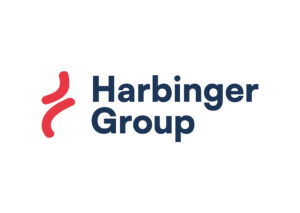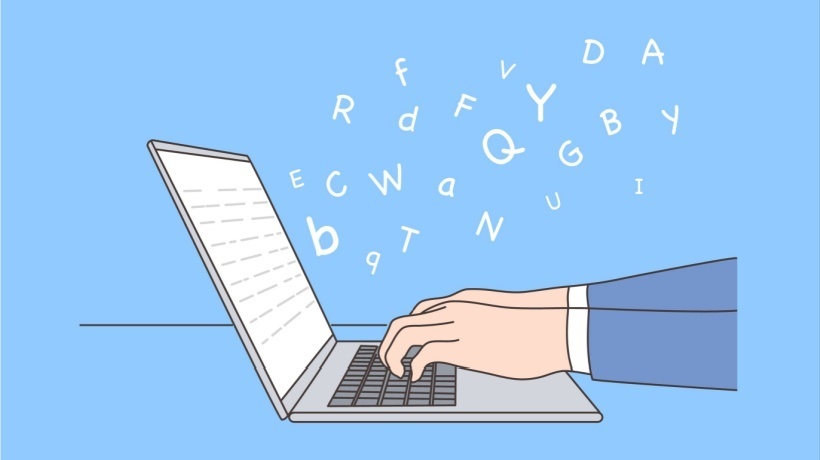Myths Around Gamification In eLearning
Gamification in eLearning refers to strategically incorporating game-like elements, gameplay, and game mechanics into learning experiences. It involves taking inspiration from games and applying principles such as points, badges, leaderboards, challenges, and rewards to non-game contexts, particularly in online learning environments.
The goal is to make the learning process interactive and engaging, thereby encouraging learners to actively participate and progress through the instructional content. By adding game elements, gamification taps into intrinsic human motivations like achievement and competition.
For example, consider an eLearning course for sales training. Instead of presenting sales professionals with traditional training modules and MCQs, gamified scenario-based quizzes and challenges can be put in place. They can be tasked with crafting a persuasive pitch for a specific customer or handling a complex objection.
Points or rewards can be earned for making the right choices, and instant feedback can be provided to guide them toward optimal solutions. Such gamified quizzes can assess the readiness of sales representatives, help them apply theoretical knowledge to practical situations, and foster a culture of continuous learning throughout the course.
Recently, Harbinger helped a global healthcare products and services provider design and implement gamification in sales training. The approach involved deploying gamification modules to advance blended learning and enhance learner engagement and experience for their medical sales team. If you would like to learn more, read the success story.
Busting 11 Common Myths About Gamification In eLearning
Now that you know the fundamentals of gamification, let's move forward to busting some fallacies around this approach to eLearning. We'll discuss the top gamification myths in eLearning and reveal the truth behind each one.
1. Gamification Is Suitable For All Types Of Content
One of the most common myths about gamification is that it's suitable for any content. Indeed, gamification can enhance engagement and learning in many contexts. However, it's essential to know that gamification may not be the best approach to enhance all types of content.
While gamification can improve learning effectiveness, some content may be highly technical or require a more traditional approach. For example, complex subjects like quantum physics may not benefit from gamification in the same way as language learning or skill development.
In a nutshell, gamification is most effective when it aligns with the learning objectives and the nature of the content. Businesses need to carefully assess their employee needs and training goals before implementing gamification in their corporate Learning and Development programs.
2. Gamification And Game-Based Learning Are The Same Concepts
Gamification and game-based learning are often used interchangeably but are distinct concepts. Gamification involves adding game elements such as points, badges, and leaderboards to non-game contexts. On the other hand, game-based learning refers to using actual games as part of the learning process. Games could be "Wheel of Fortune," "Who Wants to Be a Millionaire," "Jeopardy," and more.
Designing gamified content may not have any games in it!
For instance, a language learning app that uses quizzes with leaderboards is gamified, while "Hangman" can be a game designed for language learning.
3. Gamification Is Expensive
Another misconception about gamification is that its implementation is cost-intensive. But it's not true. Gamification doesn't always require elaborate, expensive development to achieve meaningful results. Simple gamification elements like quizzes, progress bars, or peer competition can be added to existing eLearning courses at a minimal cost.
The cost-effectiveness of incorporating game mechanics into eLearning platforms depends on the complexity of your project and the tools you choose.
They can explore open-source or readily available gamification plugins and templates to reduce costs while delivering engaging learning experiences. They can even collaborate with a trusted eLearning content development partner to implement gamification in eLearning and achieve significant cost savings.
4. Gamification Is Only About Games
Gamification is often misunderstood as being solely about creating games. In reality, it's about incorporating game-like elements and mechanics into non-game scenarios. Gamification helps businesses harness the power of competition, rewards, and challenges to create engaging learning experiences that resonate with a broad range of learners.
For example, a financial literacy course can use a leaderboard to track and reward learners based on their progress, making the learning experience more engaging without using games in learning.
5. Gamification Is Only For Gamers Or Millennials
One of the most popular gamification myths in eLearning is that gamified learning is only helpful for individuals who are avid gamers or millennials. The real story is gamification in eLearning is designed to engage and motivate a broad range of learners, regardless of their gaming background or experience.
When implemented effectively to align with the learning objectives, gamification can appeal to gamers and non-gamers alike—millennials, Gen X, or baby boomers. For instance, a gamified marketing training program can captivate and educate marketing professionals who may not necessarily be gamers.
6. Gamification Can Replace Traditional Learning
Gamification should not be seen as a replacement for traditional learning methods. It can prove vital in complementing conventional approaches, making learning interactive and effective.
7. Gamification Ensures Immediate Results
Gamification can lead to improved engagement and knowledge retention. However, it cannot commit instant mastery of a subject. Learning takes time, and the effectiveness of gamification in eLearning depends on the quality of the content and the design of the gamified elements.
Achieving a high score in a gamified quiz doesn't necessarily mean a learner fully grasped the learning material. The learner may still need time to learn and apply new knowledge or skills in a real-world scenario.
8. Gamification Always Leads To Learning Success
While gamification can enhance engagement, it doesn't ensure learning success. Practical Instructional Design, effective gamification strategy, and relevant content are essential to achieve the desired Learning and Development goals. Simply adding game elements without considering these factors may lead to limited engagement without meaningful learning outcomes.
9. Gamification Is A Passing Trend
Gamification is not a passing trend. It is here to stay and shape the future of work and learning. Many organizations are implementing gamification in eLearning platforms and corporate training programs to boost their Learning and Development initiatives.
A popular example is Duolingo, a language learning app that has successfully integrated gamification principles into its platform. This approach has helped the company attract millions of users and consistently retain them over the years.
10. Gamification Is One-Size-Fits-All
Gamification being a one-size-fits-all solution is a myth. Gamification strategies should be tailored to the specific learning objectives, audience, and content. What works for one group of learners may not work for another. Customization is critical to creating compelling gamified experiences that address the unique needs of your learners.
11. Gamification Is Not Suitable For Corporate Learning And Development
It's a common misconception that gamification can't be applied to corporate training programs. Or that it's only useful for kids. Gamification can be highly effective in corporate Learning and Development. It can motivate employees to complete training modules, track progress, and compete for achievements, improving the overall retention and application of knowledge.
Parting Thoughts
In the world of eLearning, myths and misconceptions about gamification have persisted for far too long. It's time businesses focused on separating facts from fiction to make the most of gamification in eLearning. Leverage Harbinger's proven gamification framework to stand against all odds and deliver impactful learning experiences like never before. Don't let these myths hold you back—start exploring the exciting world of gamified eLearning today.









